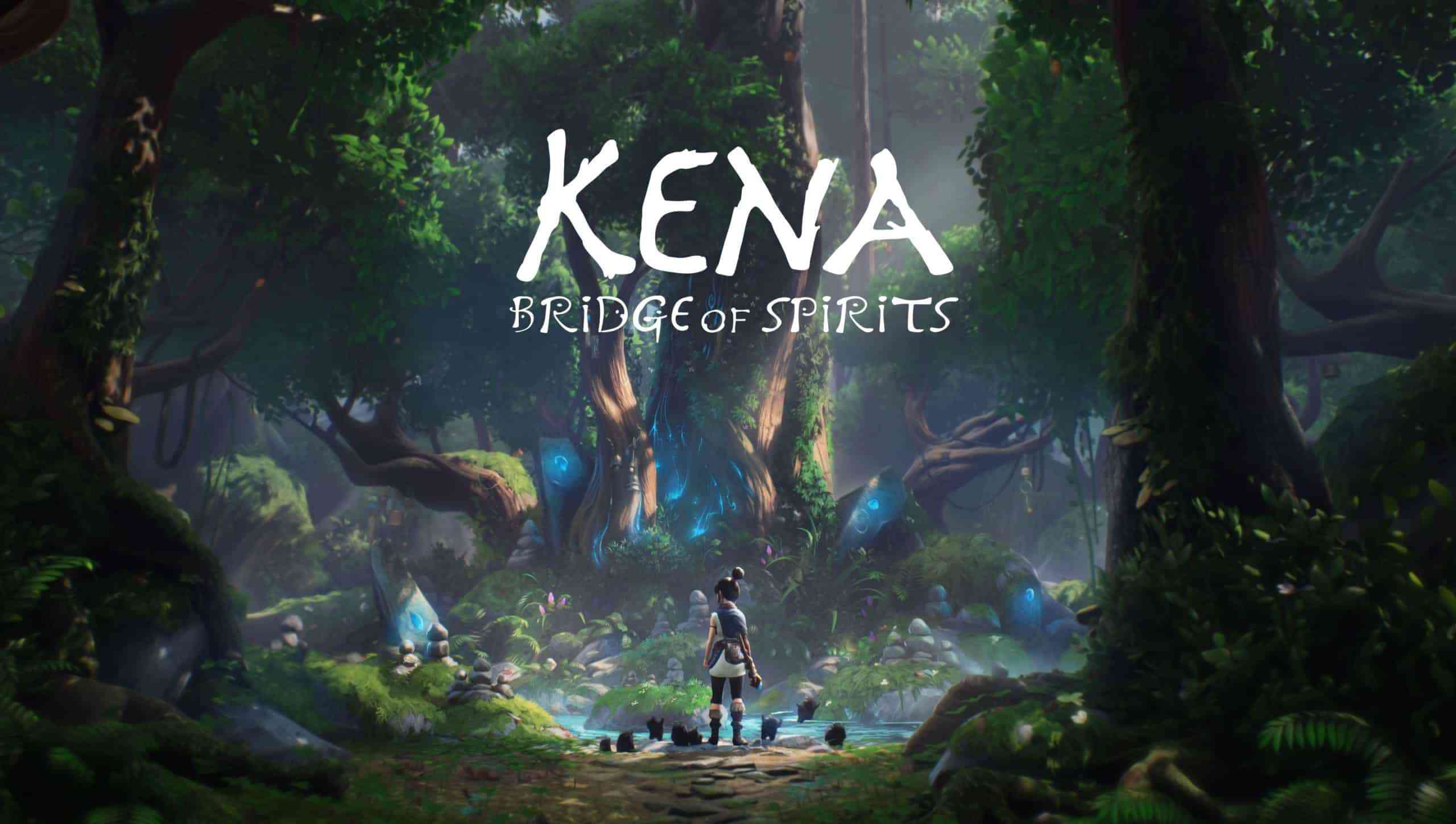Kena Draws on the Spirit of her Ancestors
Recent years would suggest that character driven 3D action platformers had fallen out of favour, but 2021 has had something to say about that trend. First, we had the outstanding Ratchet & Clank: Rift Apart, and now we’ve finally got our grubby mitts on the fascinating Kena: Bridge of Spirits. It’s the first crack at a video game from Ember Lab, previously mostly known for doing big budget promotional animation.
Kena: Bridge of Spirits is a story about balance. Between good and evil, between living and dead, and between nature and its inhabitants. Kena, as a Spirit Guide, is tasked with restoring the proper balance, and helping the inevitable circle of life continue turning.
It’s a great concept and one that works perfectly into the traditional Legend of Zelda structure. Much as Link would travel Hyrule helping the Gorons and the Zora, Kena explores the world helping trapped spirits move on to the next life. Kena’s interactions with the spirits of the world are really well done, giving enough context to connect with the stories and characters, but also definitely avoiding getting too deep into the weeds. Ultimately, the individual character stories left me feeling like I wanted more information, but had enough to draw my own conclusions. For a story focused more on the moment and less on the big picture (mostly), that sort of balance can be elusive.
The writing and voice acting are functional enough, but didn’t do much to stand out in an endless sea of stories and voice acted characters. What I did desperately miss is more focus on Kena herself. There are a couple of hints that she ought to have an interesting tale herself, but it doesn’t ever come to fruition. It’s a shame, really. I have a lot of theories about Kena’s backstory and her presence in the world, but for now my internal fan fiction will have to suffice.
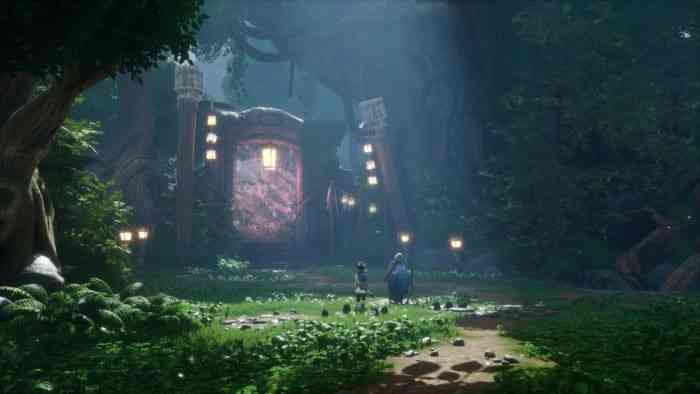
Kena: Bridge of Spirits isn’t a long game by any means – clocking in somewhere around the 10 hour mark – but it covers a lot of physical territory in that time. Kena explores mountain passes, deep forests, and underground structures, all of them phenomenal looking. The level of detail is high across the board, both in textures, and sheer density of visual elements like grass and leaves. Lighting is excellent as well, providing not just atmosphere but a measure of life that’s by no means guaranteed at this point in video games.
Given Ember Lab is known for animation, it’s no wonder things are hyper smooth in that regard. Particularly in cutscenes, there’s some real Hollywood quality work on display in Bridge of Spirits. Multiple performance modes are expected at this point, and Performance is the one to go with staying at or near 60 frames per second most of the time. Strangely, Fidelity mode feels markedly more sluggish than the snappy Performance mode. I’d choose Performance mode regardless. This is a beautiful world from tip to tail, with only the old school screen space reflections spoiling a bit of the effect on PS5.
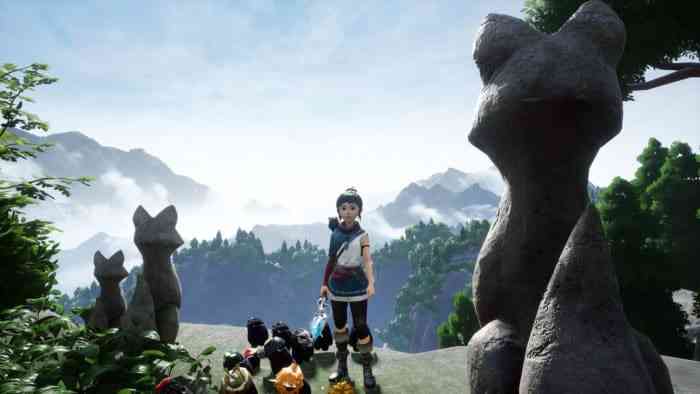
Totes Adorbs
There’s something about cuddly, round creatures, isn’t there? The cute and cuddly factor is absolutely off the charts in Kena thanks to the unfortunately named Rot. Kena gathers them throughout the adventure, and they follow her around like lovable little Totoros. Not cute enough? The Rot set themselves up as you cross bridges, or enter houses, or approach a vista, and (you guessed it) it’s consistently beyond adorable.
The Rot are a big part of the gameplay too, with scads of the little dudes hidden in nooks and crannies around the world. One of the knocks I’d put against the design of Kena is that there’s no good reason to chase the hidden Rot and other collectibles other than curiosity. Over the course of just playing the game, I earned more than enough resources to complete the checklist style upgrade path and buy as many hats as I wanted.
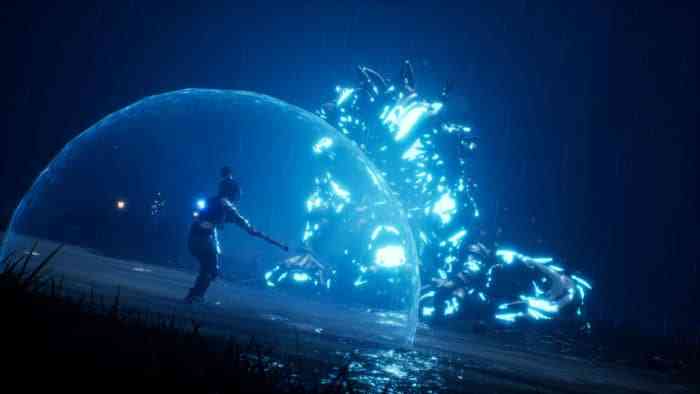
Oh yeah, the only thing you can purchase with your in-game cash is hats for the Rot to wear. You know what I’m going to say here – it’s gosh darn adorable – but I wish there was some reason to load up on hats. Even the thinnest boost or bonus would have encouraged me to be more thorough. Spirit mail is a step in the right direction, but I wished for more variety in those sequences and more visual storytelling to encourage me to chase the remaining few I’d missed.
Ultimately, exploration and level design in Kena are relics of an era gone by. It’s kind of charming and refreshing compared to the open worlds that are now the standard, but Kena’s world is packed with one way doors, slippery slopes, and contrived definitions of what Kena can stand on at any particular moment. Still, there’s some fun if not tremendously inventive traversal and platforming to be done using powers and skills gained through the journey.
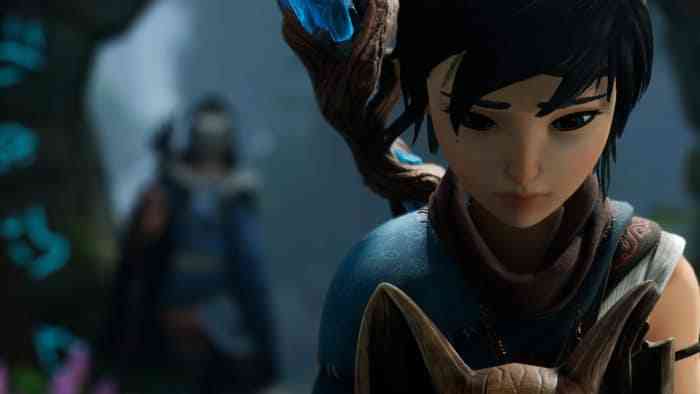
Finally, there’s the combat. It’s good! Mostly. It’s also mechanically dated. There’s no locking on or method for aiming charged attacks for example. It’s simple and functional, but overall quite fun and satisfying especially with the DualSense in play for creaking bow noises and the like. There are some battle specific contrivances around when a boss is vulnerable, which can be frustrating, and I definitely noticed large difficulty spikes. At times a particular difficulty will feel like an awesome balance – just making it through encounters, having to really have your wits about you – only to jump up a huge amount in a few of the boss battles. It’s not impossibly hard by any stretch, but I suspect most players will find themselves bumping the difficulty up and down to maximize their experience.
Where Ratchet & Clank: Rift Apart took an old formula and brought it into the modern era, Kena: Bridge of Spirits’ approach was more adherent to the old ways. The technical aspects are phenomenal and thoroughly current, but the game itself relies heavily on the old way of doing things. Limited paths. Contrived situational limitations. Collectables galore. You likely already know if that’s something you’re interested in playing, and I personally believe they’ve done an admirable job here. Especially for a first crack.
*PS5 review code provided by the publisher*
The Good
• Absolutely gorgeous landscapes
• Some great character moments
• The Rot are just adorable
The Bad
• Mechanically dated
• Some patches of uneven difficulty
• Wanted more of Kena’s backstory
